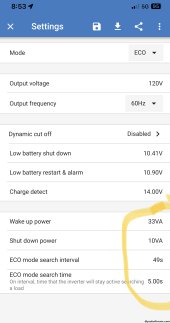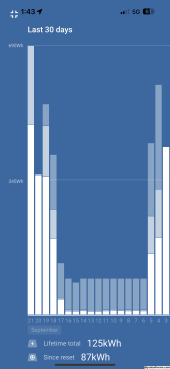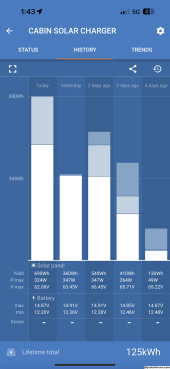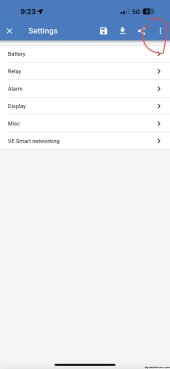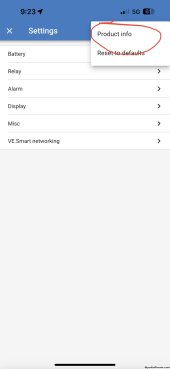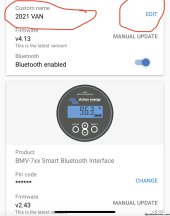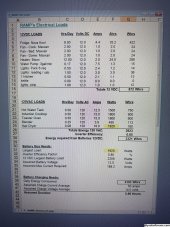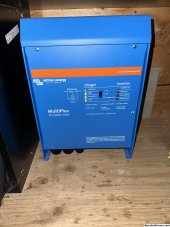HarryN
Solar Enthusiast
This stuff might be easy for you but I can tell you anything you need to know about health and nutrition. Easy peasy!
It is like that sometimes. This stuff is easy for me, but nutrition is challenging. Maybe we should do a trade.
As far as your van, the typical 2022 Ford Transit was shipped with:
- 250 amp alternator
- Single starter battery
- customer connection point 1 ( CCP1) that is always on
- customer connection point 2 ( CCP2 ) that is on / off with the van running
Some did not include CCP2 but most did.
There was a dual starter battery option and dual alternator option as well.
The ( + ) terminal for the CCP1 and CCP2 are located on the base of the drivers seat.
There are specific factor roof mount points that should be used for mounting solar panels framework or anything else that goes on the roof.
As you can tell, I have built a few electrical systems for Transits.
Harry



